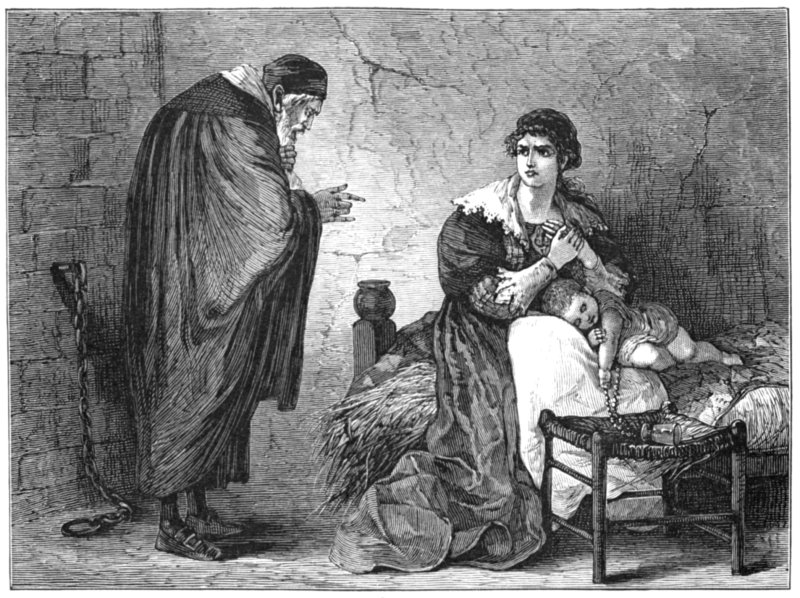There is a strange kind of silence that follows a woman when the world decides she has sinned. I imagine Hester Prynne walking through that silence, the weight of every gaze pressing against her back, her child clinging to her arm, and the scarlet letter glimmering like a wound across her chest. That letter was meant to erase her name, to reduce her to a symbol of shame. But instead, it becomes the first thing she owns entirely.
I have always felt that Hester’s greatest rebellion is not in denying her guilt, but in choosing what to make of it. The Puritan world that condemns her sees morality as a wall — fixed, unyielding, cold. Hester turns it into fabric, into thread, into something she can hold and shape. Through her quiet work, through every piece of embroidery she creates, she reclaims her voice stitch by stitch. The letter that once burned her becomes her craft, her story, her truth.
When I think about Hester, I think about the power of existing with grace in a place that wants to see you broken. She lives in exile but refuses bitterness. She is silenced yet somehow speaks more loudly than anyone else in the book. Her existence is a contradiction — and that contradiction feels achingly familiar. So many women, across centuries, have lived in that space between guilt and dignity, carrying the weight of expectations that were never meant to be theirs.
Hester’s intelligence is quiet but piercing. She sees the cracks in her society long before anyone dares to speak them aloud. She recognizes that the rules of purity and sin were written not for holiness but for control. And even as she continues to live among those who shame her, she reshapes what it means to be pure — not untainted, but honest.
The longer I stay with Hester’s story, the more I realize how radical her gentleness is. She does not fight her world with fury; she changes it by surviving within it. There is a strange kind of strength in her stillness, a power in her refusal to disappear. Her punishment becomes her mirror, reflecting back to society its own cruelty. And though they never quite admit it, the same people who once condemned her begin to turn to her for comfort, for wisdom, for grace.
I sometimes imagine her years later, standing on the edge of the forest, her letter faded but still bright in memory. She has become something larger than forgiveness — she has become understanding. That, to me, is her triumph: not absolution, but clarity. She teaches me that the truest form of redemption is not granted by others; it is built quietly, deliberately, within the self.
Hester’s story lingers because it feels eternal. Every generation finds its own letter, its own mark of exclusion. Yet she reminds me that even the cruelest symbols can be reimagined. The letter that once condemned her becomes a seed — and from it grows something softer, wilder, freer.
To wear your pain until it transforms into power — that is what Hester taught me. She did not wait to be saved. She saved herself, and in doing so, she rewrote what it means to be a woman in a world that fears her light.


Để lại một bình luận